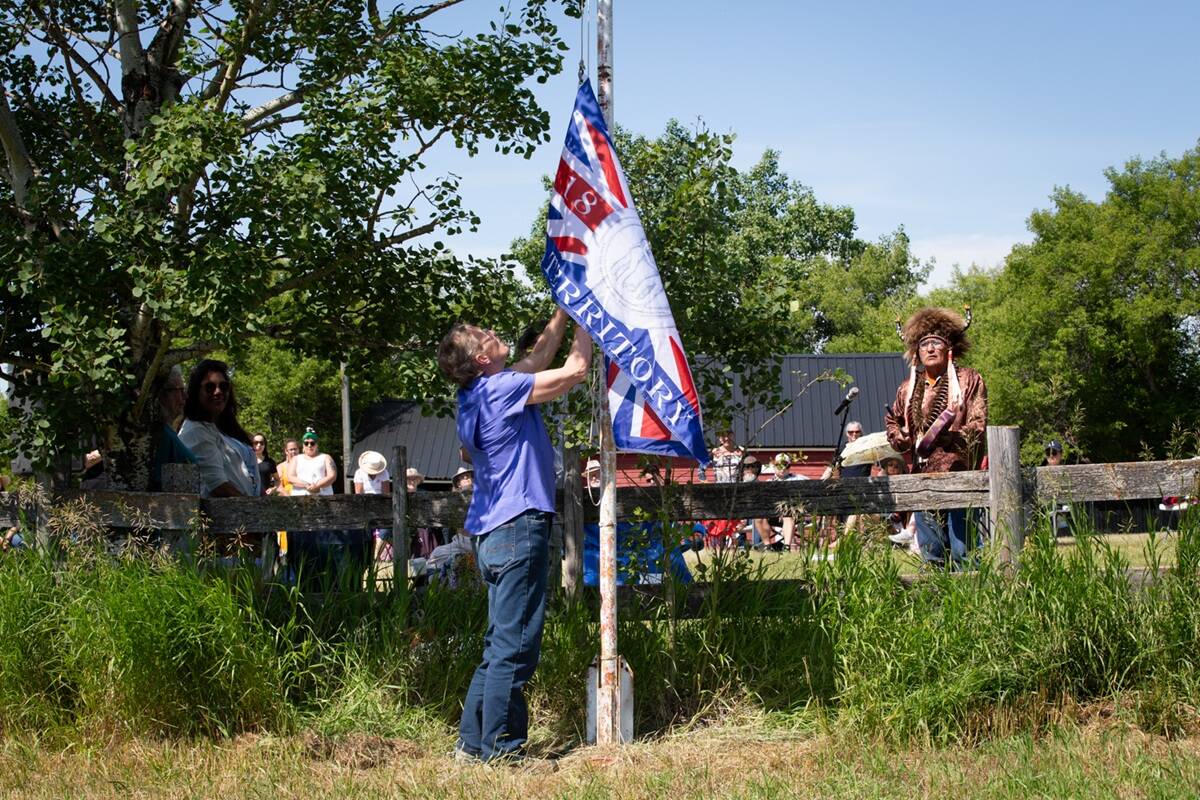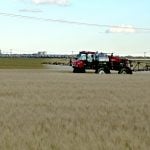AFAC chairman Doug Sawyer is a cow-calf producer at Pine Lake. He says providing the best in livestock care and handling at all stages is not only producers’ responsibility, it’s an integral part of delivering high-quality products.
He adds that AFAC has made the CLT “unfit livestock booklet” available to auction markets and producers as well as truckers. This way, everyone will be on the same page when it comes to making the call as to whether an animal is fit for the trip.
Read Also

Treaty Land Sharing Network expands reach in Saskatchewan and Alberta
The Treaty Land Sharing Network, which connects land holders with First Nations and Metis people, has expanded since it began in 2018
Under the Health of Animals Regulations for transporting livestock, it is the responsibility of both the transporter and the person having animals transported to ensure all animals can handle the stress of transportation. An animal that becomes compromised during the trip must be properly cared for or euthanised.
If you take special steps to prevent additional injury or undue suffering you can transport some unfit animals directly to the nearest abattoir. On the advice of a veterinarian, you can transport the animal to a veterinary clinic for diagnosis or treatment. Special provisions may include emergency veterinary care before transporting, providing extra bedding, loading the animal last and unloading it first, separating it from other animals, or transporting it with a buddy to help it remain calm. UNFIT FOR TRANSPORTATION
animals unable to stand without assistance or to be moved without being dragged or carried
a fracture that significantly hampers mobility dehydration
shock or impending death
a suspected or confirmed nervous system disorder fever
uterine prolapse
a hernia that impedes movement, is
painful or obviously infected ANIMALS THAT CAN BE TRANSPORTED WITH SPECIAL PROVISIONS
rectal or vaginal prolapse frostbite
bloat ( if not already down) laboured breathing penis injury
blindness in both eyes an amputated or missing limb a recent operation such as dehorning or castration that has not healed a recent birth (within 48 hours) an open wound with bleeding or exposed bone















